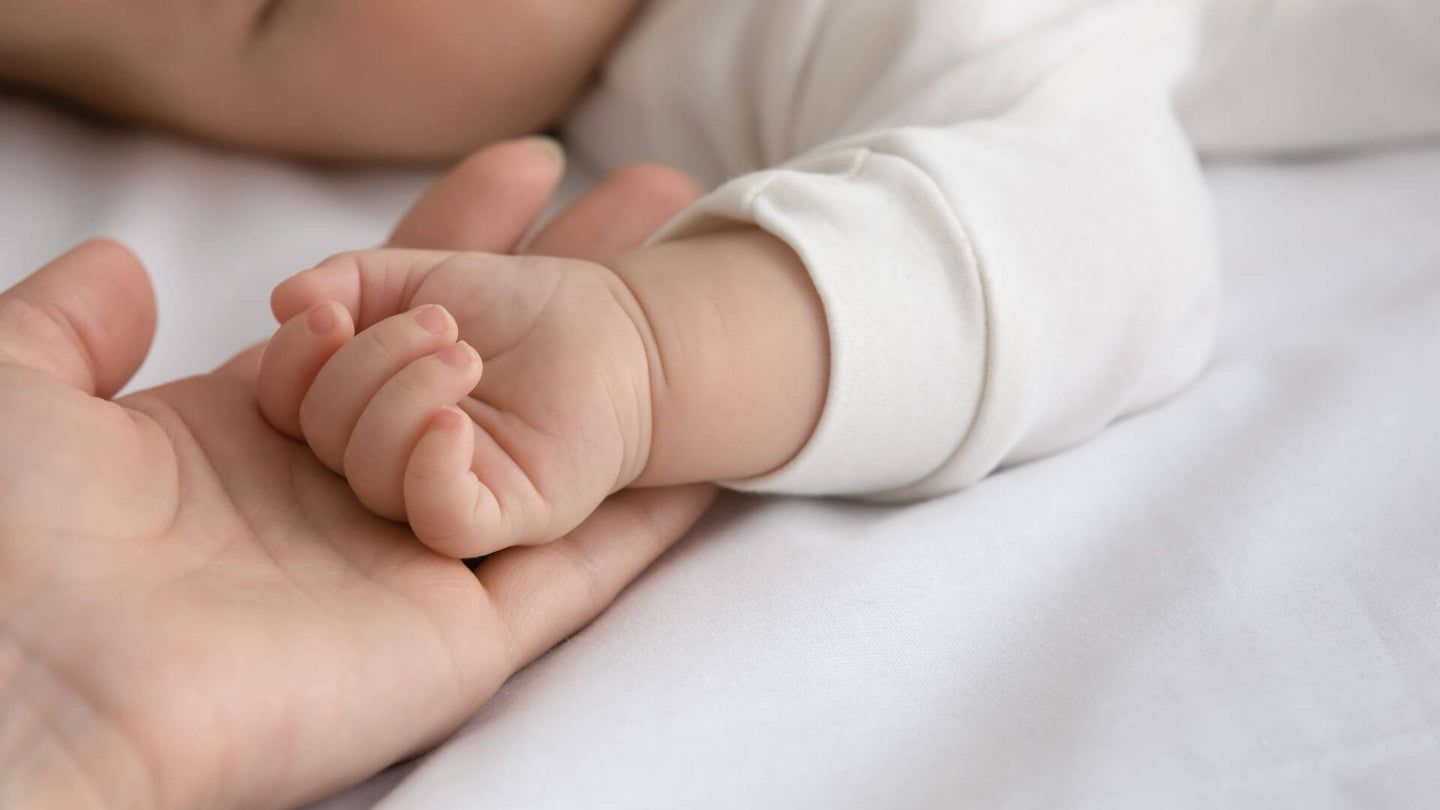With lots of media pressure on being the perfect parent or creating a rod for your own back, it’s easy to worry about the location of your child’s naps.
The fear of creating ‘bad habits’ or not being able to sleep little people in a particular location can be really debilitating for some.
Naps are temporary thing in the context of childhood, so being too concerned and stressed about getting a child to nap in a certain way or a certain location, such as a cot or a pram can add lots of unnecessary pressure to you all!
Naps might happen in a carrier, the car, pram, cot, bed or cuddled in with you. Every single one of these is OK.
Occasionally parents would like their children to nap elsewhere. For example, for a little one who likes to sleep on mum's chest but is soon returning to work, it might be necessary to help enable sleep in another space to make this more sustainable for the family when this transition happens.
In circumstances like this, we might want to think about how we might gently adapt this, considering the needs of each family member and being respectful to the child.
Here are my steps for transitioning
naps to a new sleep space
Step 1: Perfect Timings
The first thing we would consider before altering naps is sleep timings. Timings of naps can often be more important than action in supporting a child’s sleep. When we have good sleep pressure, controlled by well-timed sleep, we can often make this transition much easier. Naps can be addressed by making sure they are well-timed for the child’s age and developmental stage.
Step 2: Consider Goals
Consider how and where we want sleep to happen. This is a unique choice for you and your family, but be prepared to be flexible.
It may be that you decide to allow your child to nap in their pram, because this is where they generally drift off easiest or that it works with your family routine.
If a carrier nap allows you to be hands-free and your child to nap successfully, this is a perfect spot!
With toddlers or older children, we might consider other safe spaces for them to nap if their bed doesn’t seem to be working. Could you throw a yoga mat under the kitchen table? Often, these
den-like spaces can feel cosy and safe. Floor beds and tepees might also make a good alternative
Sometimes, being flexible and creative can remove a lot of napping stress.
Step 3: Create Sleep Anchors
The next step is to establish some sleep anchors. Sleep anchors can be things that we flexibly associate with sleep, such as comforters (age appropriately), certain scents, and even having a mini bedtime routine that works for your family. A mini bedtime routine would just be a watered down version of your bedtime routine which works for your family and acts as a signal for sleep. These can be known as sleep triggers, and we might like to establish these at the bedtime routine initially to integrate them before introducing them as daytime tools too. We can also use any successful bedtime tools to support day sleep.
Step 4: Useful Tools
Ways to support falling asleep for naps:
Younger children:
-
Predictable routine
-
Using sleep anchors
-
Feeding before sleep to induce sleep (this is completely safe and normal to do so! If you are happy to feed to sleep, go ahead!)
-
Appropriate sensory activity
-
look for a child’s sleep signs and follow a rhythm that fits them
-
Supporting your own mental health, it’s very common to see babies respond to our emotional wellness; when we consider this often, infant sleep improves naturally!
Older babies and children
-
Bright light exposure during awake times is also paired with light levels being lowered ahead of sleep.
-
Food mealtimes should be at regular times, again, reinforcing the circadian rhythm. Allowing children to have plenty of exercise, if in doubt allow more time for activity! This can be baby obstacle courses, walking, jumping and climbing. Children should be encouraged to engage in activity as much as possible!
-
Calm downtime before bedtimes and naps can be very useful for relaxation and achieving calm.
-
Practising mindfulness and positivity, meditation tracks can be very soothing for anyone, even if we can't comprehend the words; the tone, rhythm and music can be really soothing before sleep. If it calms you as a parent down its also highly likely to calm the child too!
Sleep Accessories
Baby Monitors
Night Lights
Baby Bedding
Dreampods & Sleepbags
Let's Talk Sleep
With Imogen
We’ve teamed up with Imogen from The Little Sleep Company to offer expert baby sleep support for parents, allowing families to truly flourish.













